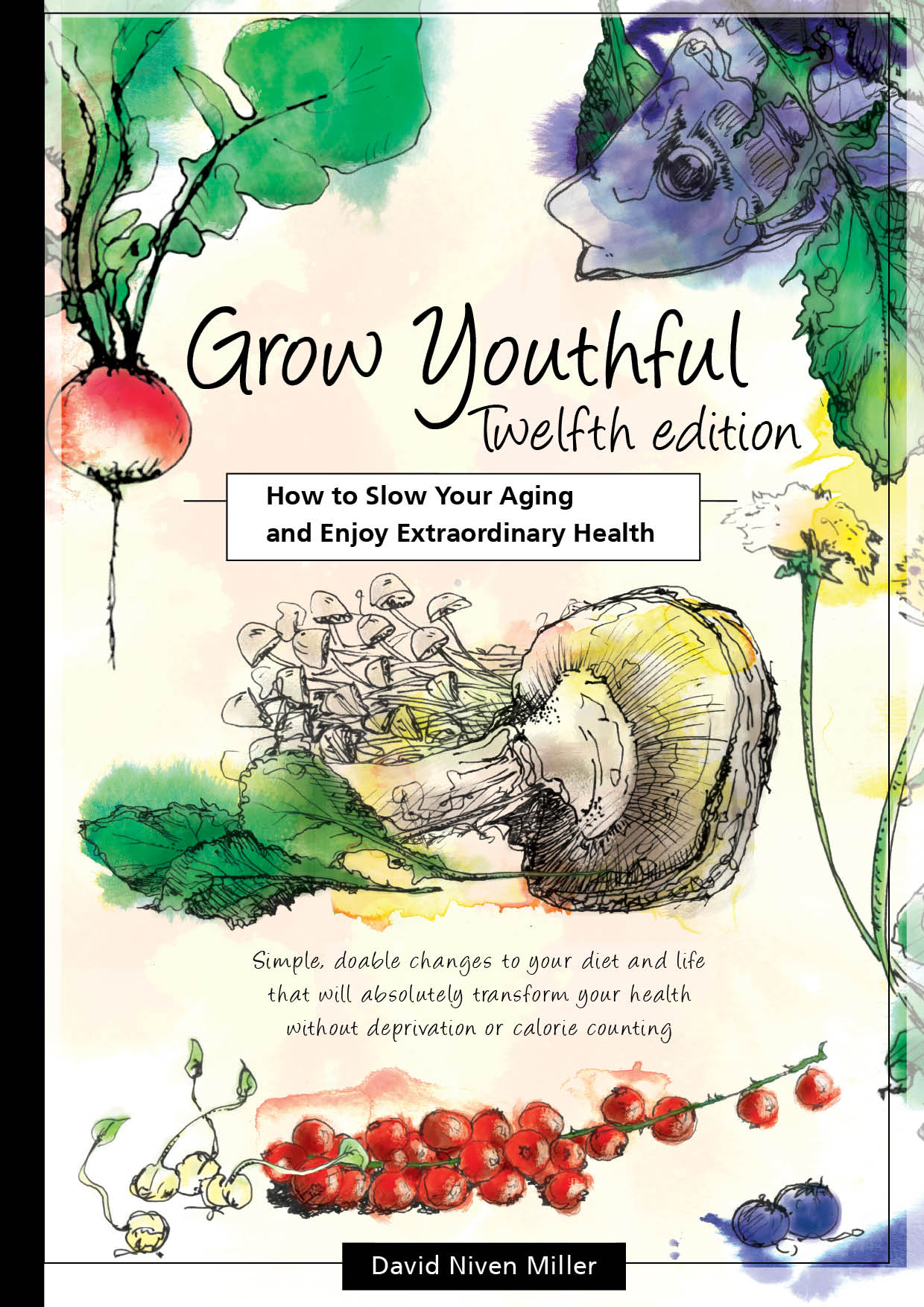
Menstruation Problems
What is menstruation?
Symptoms
Causes of menstruation problems
Prevention/remedies/treatment of menstruation problems
References
What is menstruation?
Menstruation is when the uterus expels its lining during a menstrual cycle. Menstruation is triggered by a variety of hormones, and an imbalance of these hormones causes several menstrual problems, including abnormally heavy or light periods, pain and cramps, breast pain, endometriosis, adenomyosis, uterine fibroids and pelvic inflammatory disease.
A normal menstrual cycle is 21-35 days in duration. Bleeding in a woman's reproductive cycle usually lasts for 3 to 5 days, but 2 to 7 days is considered normal. The average blood loss during menstruation is 35 ml, with a range of 15-80 ml considered normal. Some women notice the endometrium lining mixed with the blood.
Women have a higher dietary need for iron than men, because of the iron lost in their menstruation each month.
Symptoms
- Painful periods are more common in younger women (teens to late 20's), and often become less severe as they age or after childbirth.
- Menstrual cramps, uterine cramps (dysmenorrhea) are common. They are caused by cramping of the uteris and surrounding muscles. Menstrual cramps usually occur a few days before or at the start of menses. The pain can range from dull, throbbing or aching pain in the lower abdomen, back or thighs, to severe or sharp pain. It usually starts before menstruation and continues through the menstruation. Menstrual cramps can range from mere discomfort or annoyance through to severe cramping that interferes with everyday activities.
- Headaches, fainting, nausea/vomiting, dizziness, disorientation, hypersensitivity to light, sound, smell or touch, fatigue, and diarrhoea or constipation are other complaints commonly associated with menstrual pain.
- Premenstrual syndrome (PMS). The incidence of PMS increases with age until menopause.
- Heavy menstrual bleeding (menorrhagia, hypermenorrhea). Heavy menstrual bleeding is when menstrual blood flow exceeds 80ml per cycle, soaking a pad/tampon at least every two hours and requiring changing pad/tampon in the middle of the night, or bleeding lasting for more than seven days. About 10% of women world-wide suffer from severe menstrual bleeding; in Australia the rate is a little over 5%. The excessive blood loss can cause iron deficiency anaemia.
- Inflammation.
- Endometriosis.
- Polycystic ovary syndrome.
Causes of menstruation problems
- Cholesterol deficiency.
- Vitamin D deficiency. (1)
- Inflammation around the uterus, usually caused by an excess of one particular prostaglandin.
- Stress and tension.
- Insufficient Omega-3 essential fatty acids in the diet. On the other hand, omega-6 polyunsaturated oils in excess.
- Deficiency of Zinc, magnesium, vitamin E, biologically available calcium (1) and vitamin B6 and B complex in general.
- Sexually transmitted disease.
- Cancer.
- See also causes of Premenstrual syndrome (PMS).
Prevention/remedies/treatment of menstruation problems
- A diet that gets your fats right, especially cholesterol. This will usually correct any imbalance of other hormones like excess estrogen, insufficient progesterone and low testosterone.
- Eliminate sugar and sweet foods. Adopting a no-sugar diet will also help get the hormones back under control. A healthy diet should be delicious and sustaining, able to sustain you all day without hunger pangs or mood or energy swings. With such a diet it is also easy to lose weight and stay that way for the rest of your life. This is the kind of diet I detail in Grow Youthful. It eliminates sugar and sweet foods, avoids or reduces starches, avoids wheat and everything made from it, and is low in all other grains.
- Cinnamon. An excess of one particular prostaglandin is often responsible for uterine cramps, and conventional medicine uses Ibuprofen to reduce the level of this prostaglandin. Unfortunately Ibuprofen, like other pharmaceutical drugs, has horrible side effects. You can use cinnamon to achieve this effect, (3) and without side effects. Being a natural and traditional home remedy, the only side effects are beneficial ones. Take 1,000 mg (1 gram) of cinnamon powder three times per day. (1, 2, 3)
- Vitamin D from sunlight. Get out in the sunshine. The advice to avoid sun is one of the greatest public health mistakes of the century. Your health care provider should monitor your vitamin D level and ensure that it is at least 70 ng/ml (175 nmol/L). If you can't get sufficient sunlight in the winter take 40,000 IU of vitamin D3 supplement and make sure to also take 500 mg to 1000 mg of magnesium (on the skin) and 150 mcg of vitamin K2 (not K1) per day. They are important cofactors for optimising vitamin D3 supplementation. (1)
- For menstrual or uterine cramps. Lie on your stomach and lift your torso. This is called prone extension. Try to stretch the abdomen and area around the uterus in this way if you can do it without pain. The intention is to stretch back to a more normal position around the areas or muscles that are cramped.
- Zinc supplementation or zinc-rich foods.
- Get sufficient magnesium and B vitamins. The best food source of B vitamins is nutritional yeast.
- Iodine sufficiency.
- Apple cider vinegar.
References
1. Abdi F, Amjadi MA, Zaheri F, Rahnemaei FA.
Role of vitamin D and calcium in the relief of primary dysmenorrhea: a systematic review.
Obstet Gynecol Sci. 2021 Jan;64(1):13-26. doi: 10.5468/ogs.20205. Epub 2021 Jan 7. PMID: 33406811; PMCID: PMC7834752.
2. Jaafarpour M, Hatefi M, Najafi F, Khajavikhan J, Khani A.
The effect of cinnamon on menstrual bleeding and systemic symptoms with primary dysmenorrhea.
Iran Red Crescent Med J. 2015 Apr 22;17(4):e27032. doi: 10.5812/ircmj.17(4)2015.27032. PMID: 26023350; PMCID: PMC4443385.
3. Jaafarpour M, Hatefi M, Khani A, Khajavikhan J.
Comparative effect of cinnamon and Ibuprofen for treatment of primary dysmenorrhea: a randomized double-blind clinical trial.
J Clin Diagn Res. 2015 Apr;9(4):QC04-7. doi: 10.7860/JCDR/2015/12084.5783. Epub 2015 Apr 1. PMID: 26023601; PMCID: PMC4437117.
